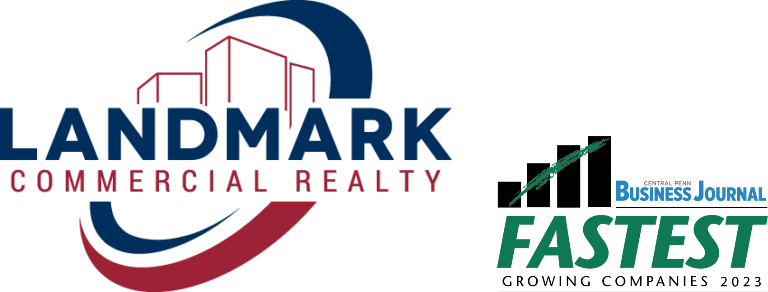As the millennials are launching their careers and the baby boomer generation heads into retirement, the demand for smaller, cost-effective housing with nearby convenient amenities is becoming a common alternative to the traditional two-story colonial house surrounded by the charming white picket fence in the suburbs.
In South Central Pennsylvania, which encompasses Adams, Dauphin, Cumberland, Franklin, Perry, Lancaster, Lebanon and York counties (along with portions of Berks County) mixed-use developments have just started to come on line, according to Ted Pfeifer, VP-Retail at Landmark Commercial Realty, Inc.
What is considered mixed-use development? It is a type of urban development that blends residential, commercial, cultural, institutional, or industrial uses, where those functions are physically and functionally integrated, and that provides pedestrian connections. Mixed-use development can take the form of a single building, a city block, or entire neighborhoods. The term may also be used more specifically to refer to a mixed-use real estate development project—a building, complex of buildings, or district of a town or city that is developed for mixed-use by a private developer, (quasi-) governmental agency, or a combination thereof.1
“The definition of mixed-use development in the 1990’s through approximately 2007, was mainly defined and implemented, with varying success, to large urban revitalization areas, usually a revitalization of the central cores of large cities,” added Pfeifer. “Since 2007, true mixed use development – suburban or “city fringe” can be seen emerging in region where a large tract of property has uses of residential, both rentals and condominiums, retail, offices and medical, but leaving out industrial and similar non retail businesses.”
In this region, a hybrid of mixed-use development was most successful in the city of Lancaster. “Together government, civic leaders and developers combined their efforts to renovate older buildings and transformed them into condominiums, hotels, offices, designated areas and streets for the arts and the reuse of the former Armstrong property to construct the now, Clipper Magazine baseball stadium,” remarked Pfeifer.
Pfeifer added, “In York, specifically South Queen Street at Interstate 83, this area progressed to be a mixed use intersection with new hotels, retail, restaurants, and medical offices.”
Pfeifer believes that nationally, there is no question that the mixed use projects are favorably received by the general public, governmental – national, state and local, financing entities, both public and private. “The evolution of economics, currently the high demand of rentals and condominiums among millennials and the aging population certainly will generate more mixed use projects of many hybrids – hybrids of varying types and sizes either by master planning or add-ons.”
1 Wikipedia.com





